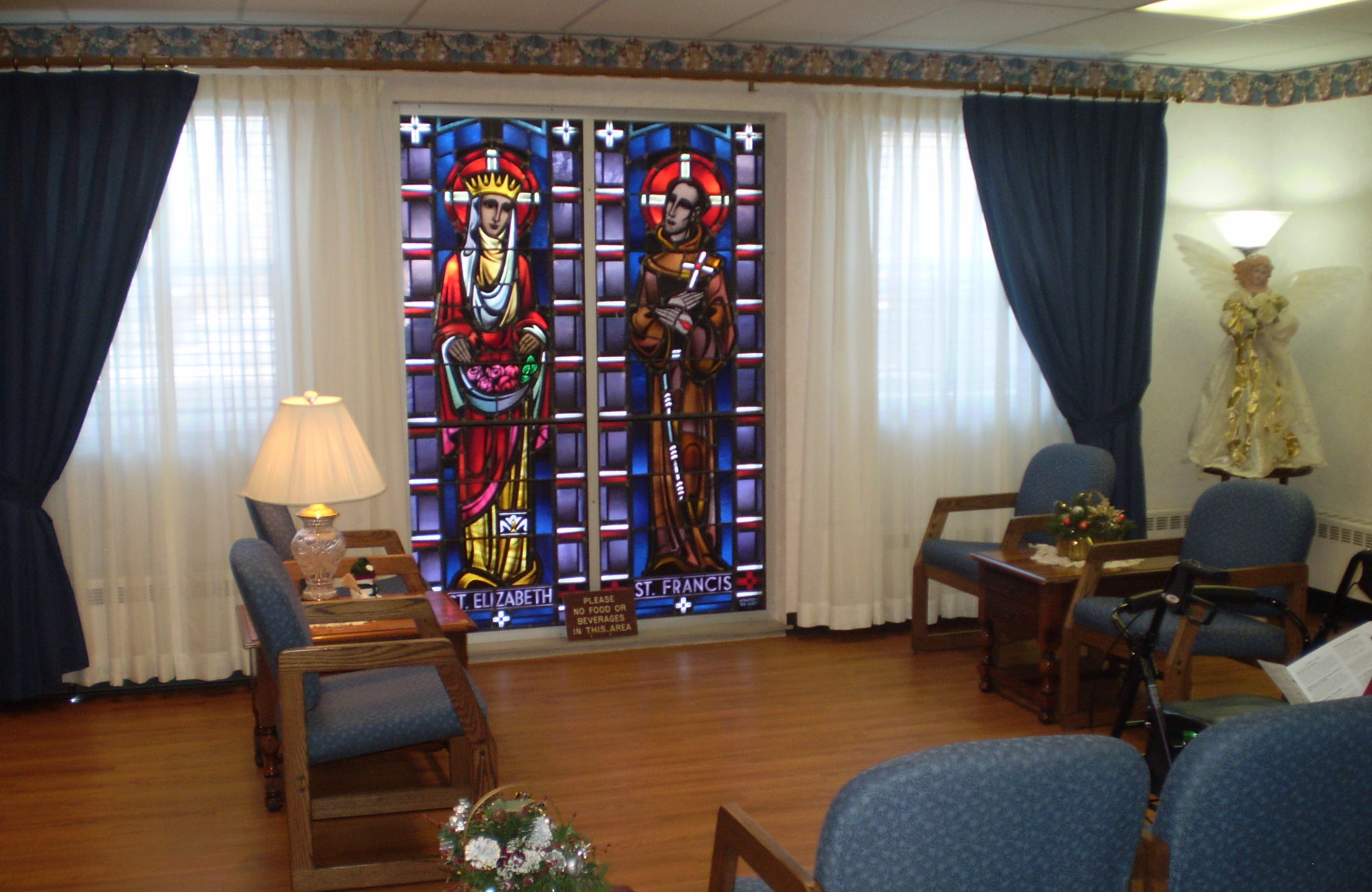One of our apartment residents, Betty Canavan, has graciously supplied us with an article about this famous producer.

His films include: The Birds, Psycho, North by Northwest (filmed at Mt Rushmore), Vertigo, Rear Window, Dial M for Murder and To Catch a Thief. Somewhat of a ham, he made walk on appearances in 39 of his films. During World War ll, he made several fiction spy and non-fiction propaganda films. He put together a Holocaust film with actual footage of camps that was too shocking for the public and remained in vaults until 1985. What made Alfred Hitchcock “the most universally recognized person in the world”? It was his style of using the camera as if it were you, the viewer, trapped in the scene, increasing your anxiety, suspense and fear.
Alfred was born above his parent’s grocery in London. He was the youngest of three children. His parents were Roman Catholic, his father a grocer. Alfred enjoyed playing on his own, making up stories. His family moved when he was six and started a fresh seafood sales and fried fish and chips stall, living in the flat above. Alfred started school at Howrah House Convent, then went on to Wode Street School, run by the Faithful Companions of Jesus. At nine, boarding school at Salesian College. The family moved again and, at eleven, it was boarding at St Ignatius College. The Jesuit priests used a hard rubber cane on the boys. It is where Sir Alfred developed a sense of fear and various reactions to it.
At thirteen, Alfred told his parents he wanted to be an engineer. He started night classes at the London County School of Engineering but, when his father died unexpectedly, he took a job at Henley Telegraph and Cable Company. Alfred kept up his night classes, including mechanics, electricity, acoustics and navigation, then art history , painting, economics and political science.
Hitchcock joined the Royal Engineers during 1917. After World War l, he became manager of The Henley Telegraph. This expanded his creative writing and he said this was his first step toward cinema.
Sir Alfred married Alma Reville, a Protestant, who was baptized Catholic within six months and confirmed a month later in Westminster Abbey by Cardinal Francis Bourne. They had one child, Patricia. Alma collaborated with her husband on many projects. His health finally failed him, as did worry for his wife who had a stroke. He died in April 1980, after calling two Jesuit priests to hear his confession and celebrate Mass in his Bel Air home. His funeral was held in Good Shepherd Catholic Church in Beverly Hills.
Source: wikipedia.com

